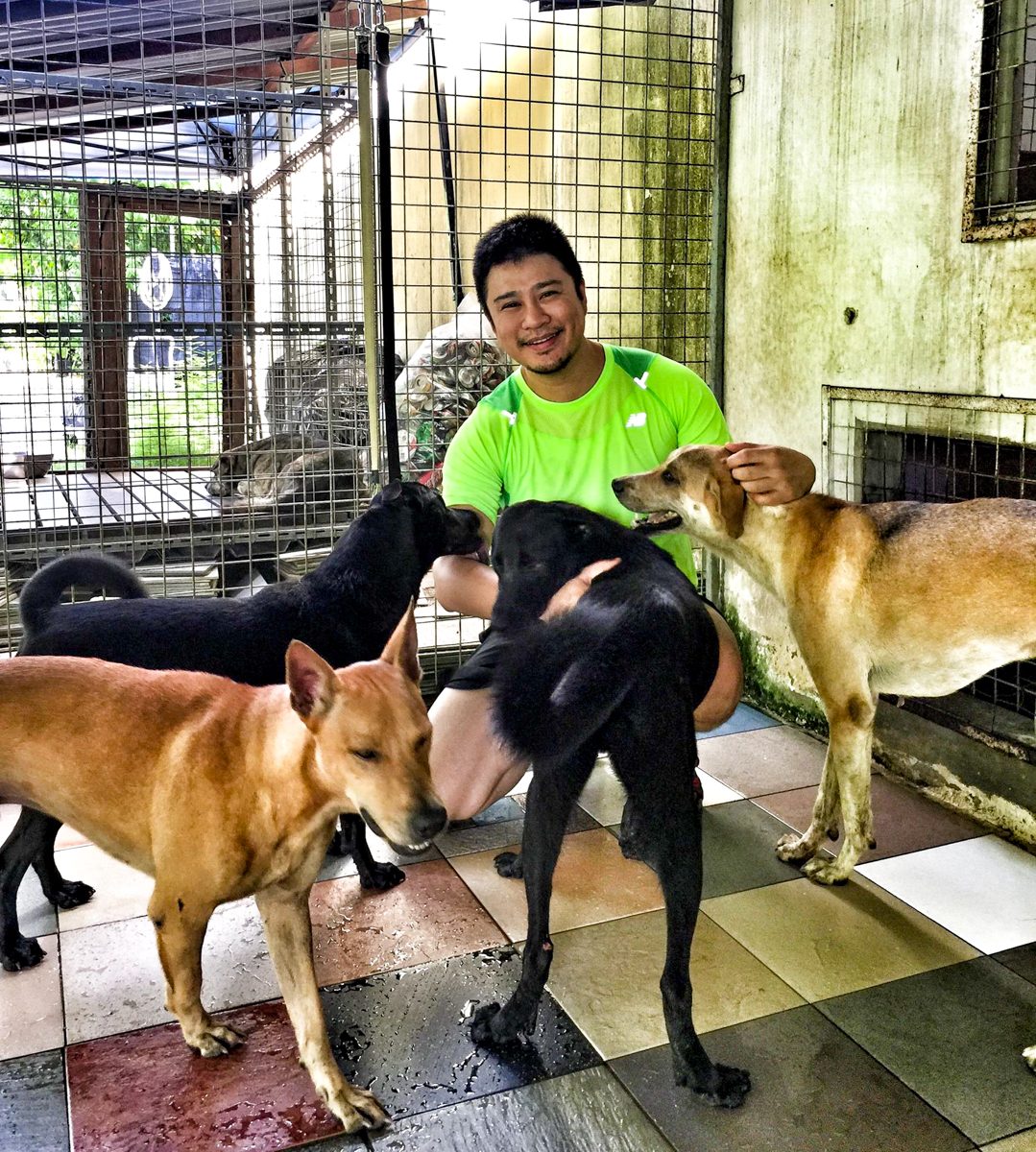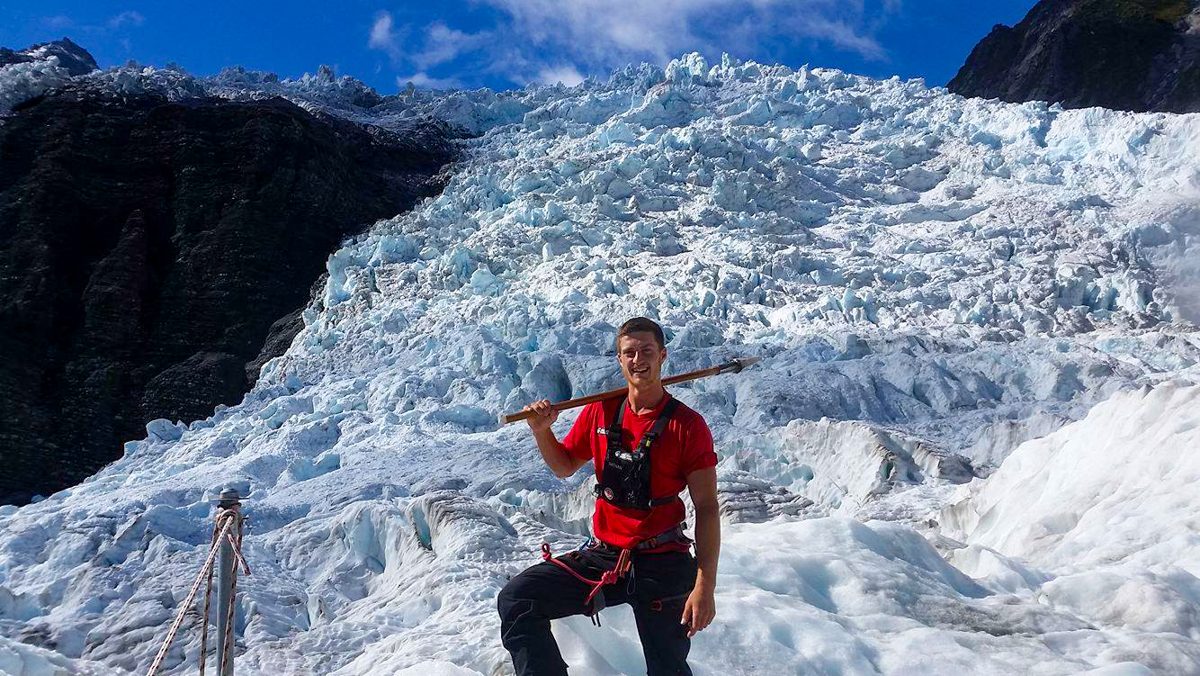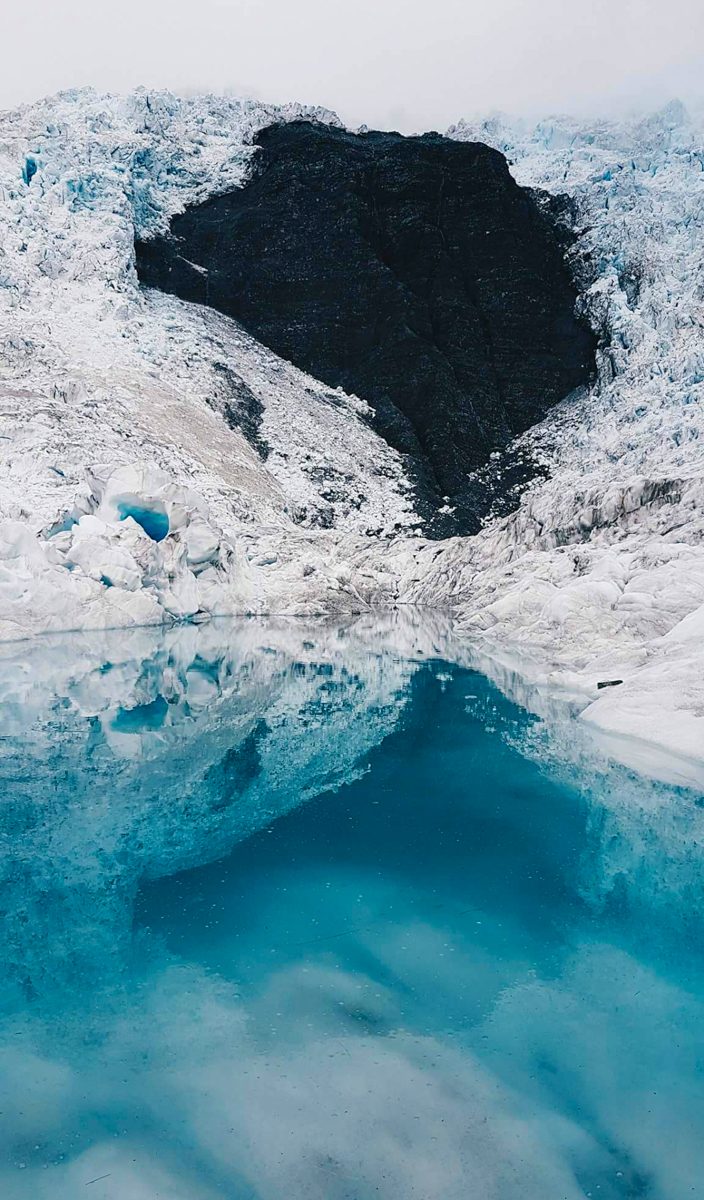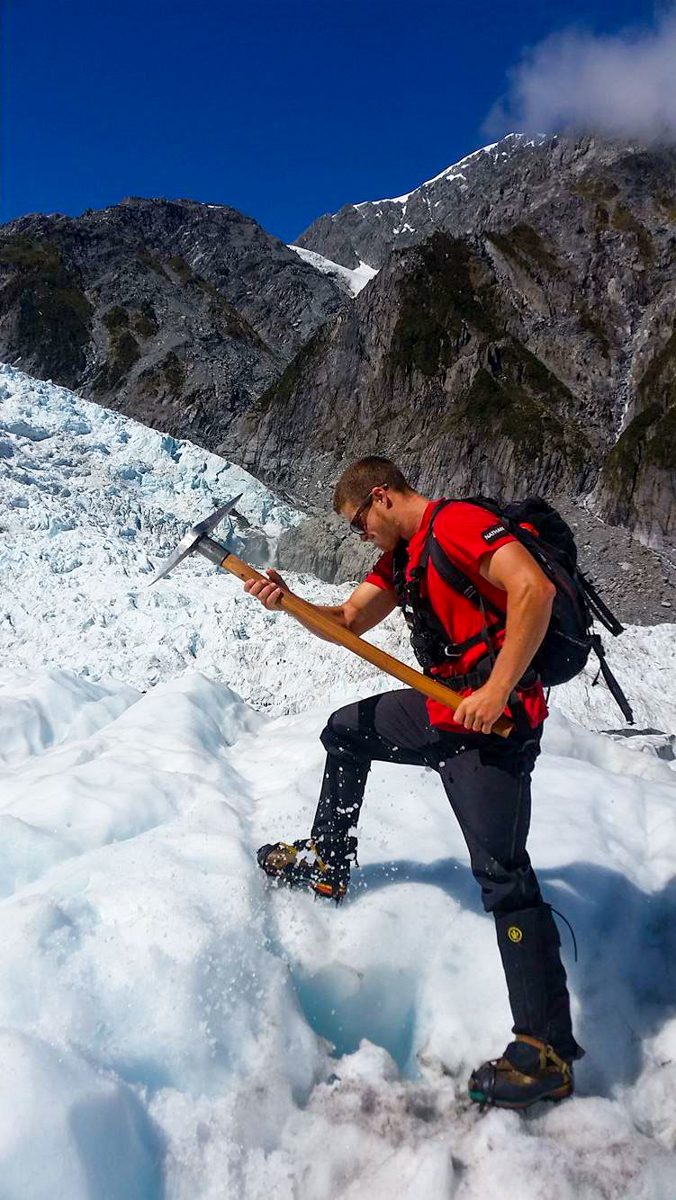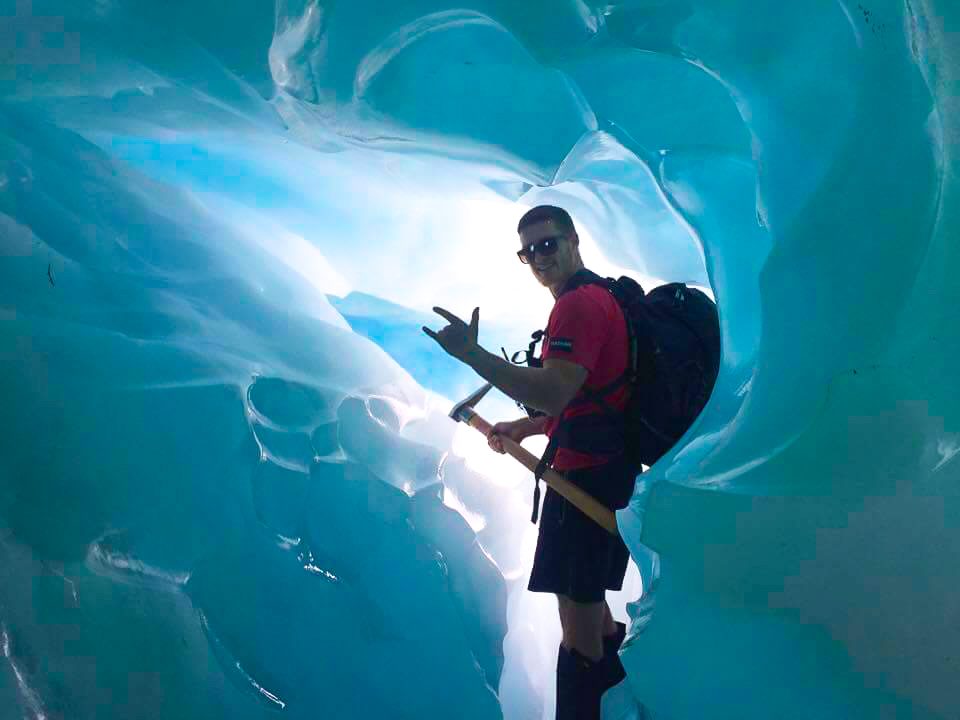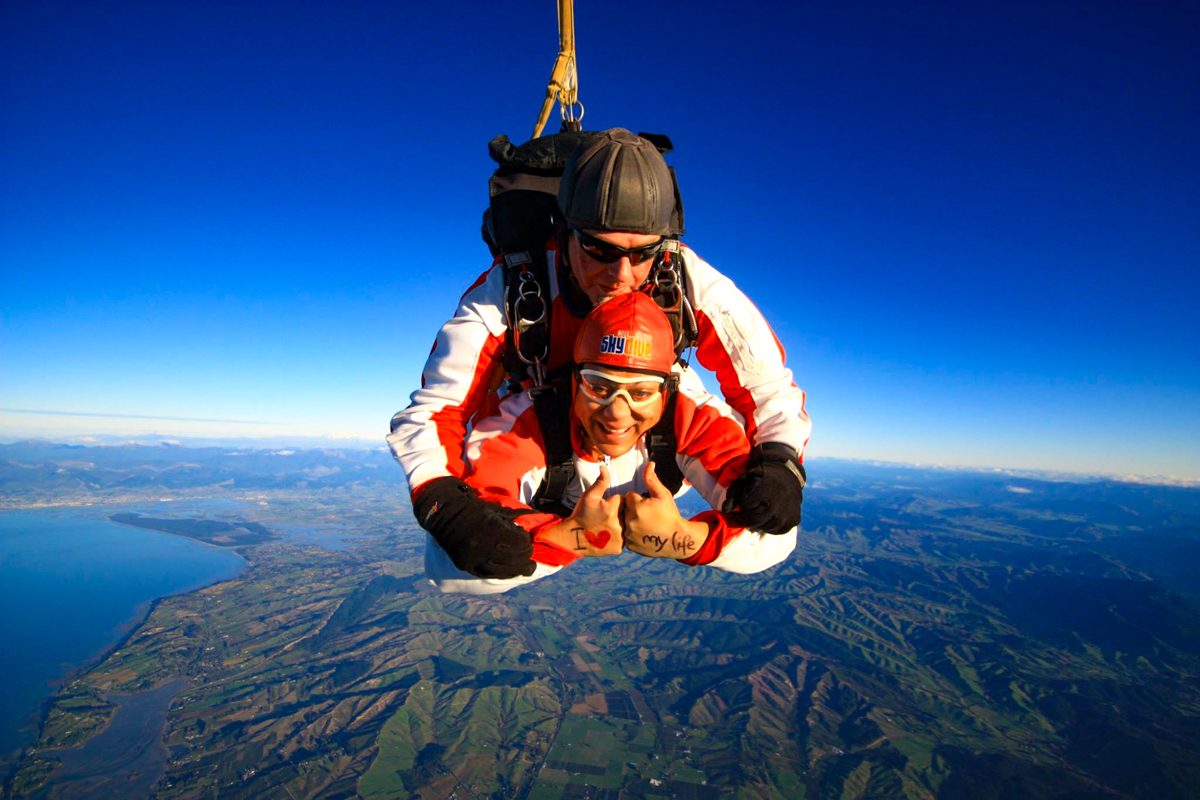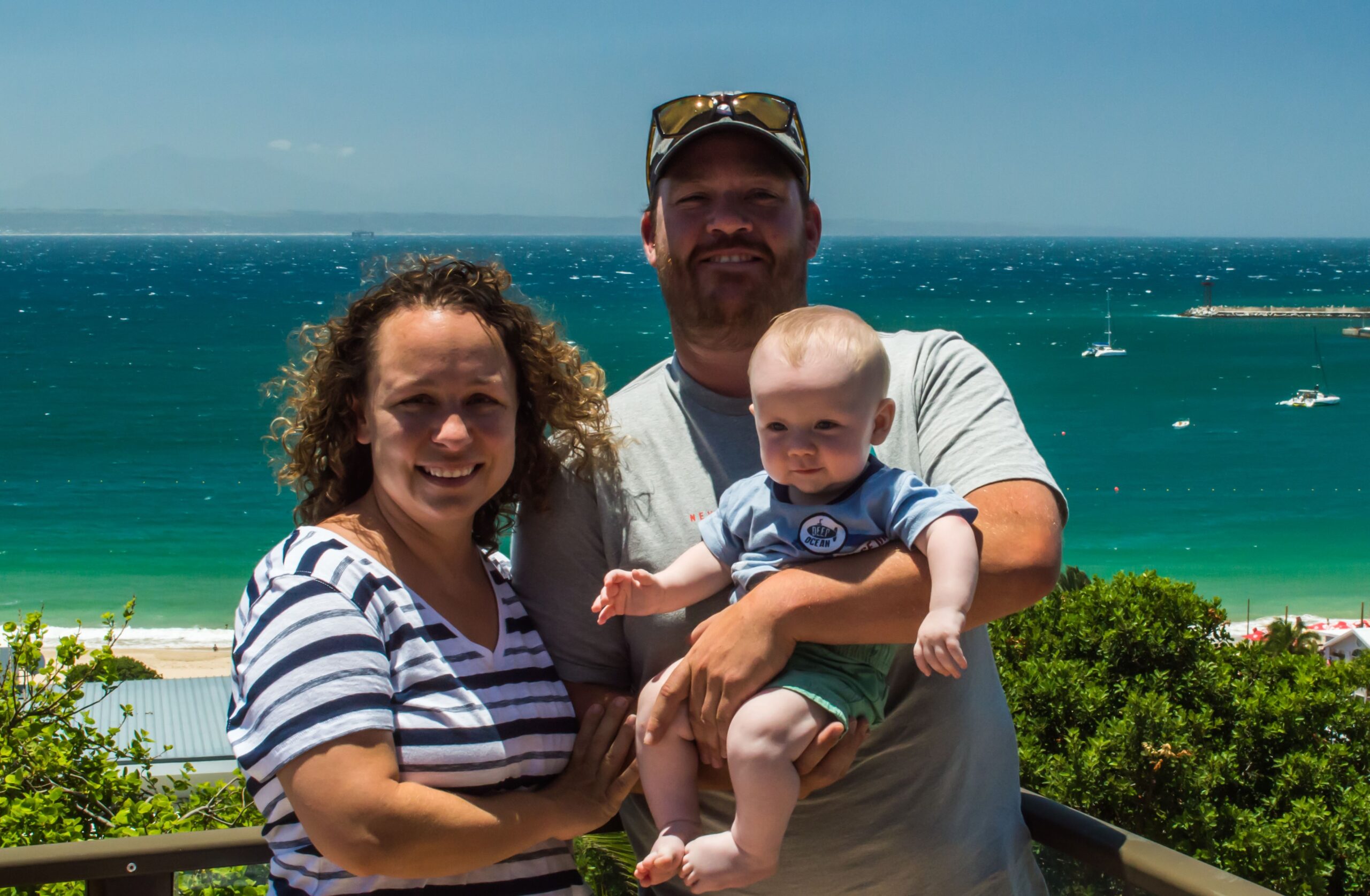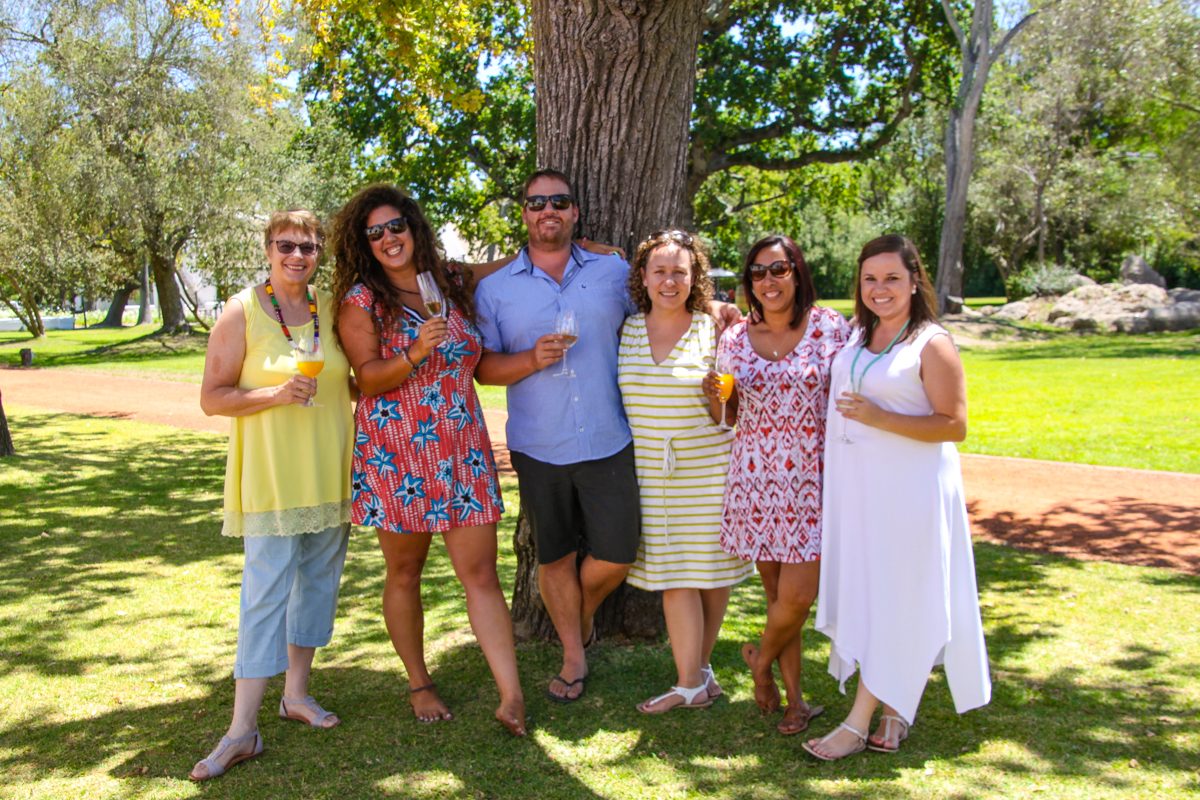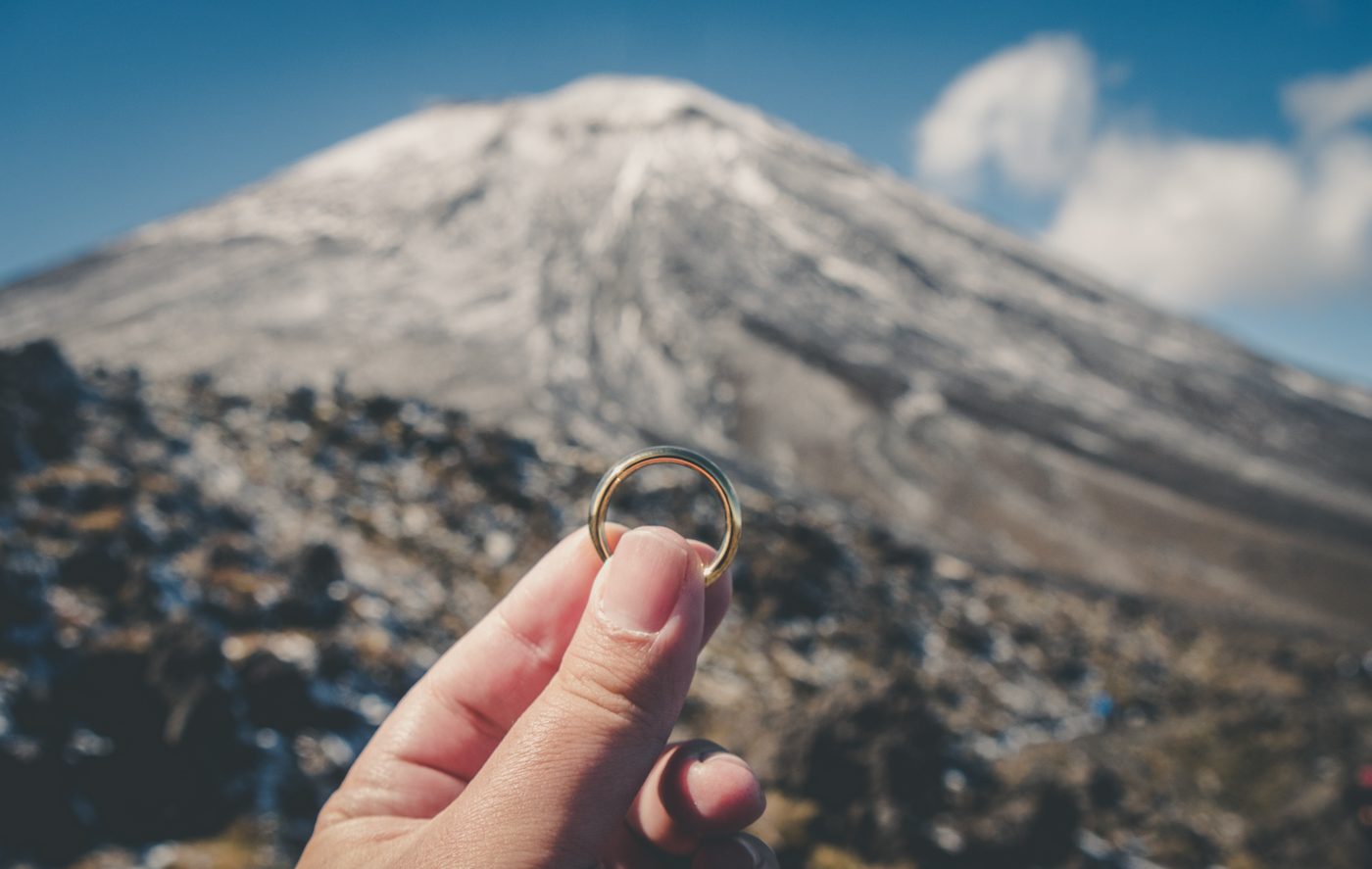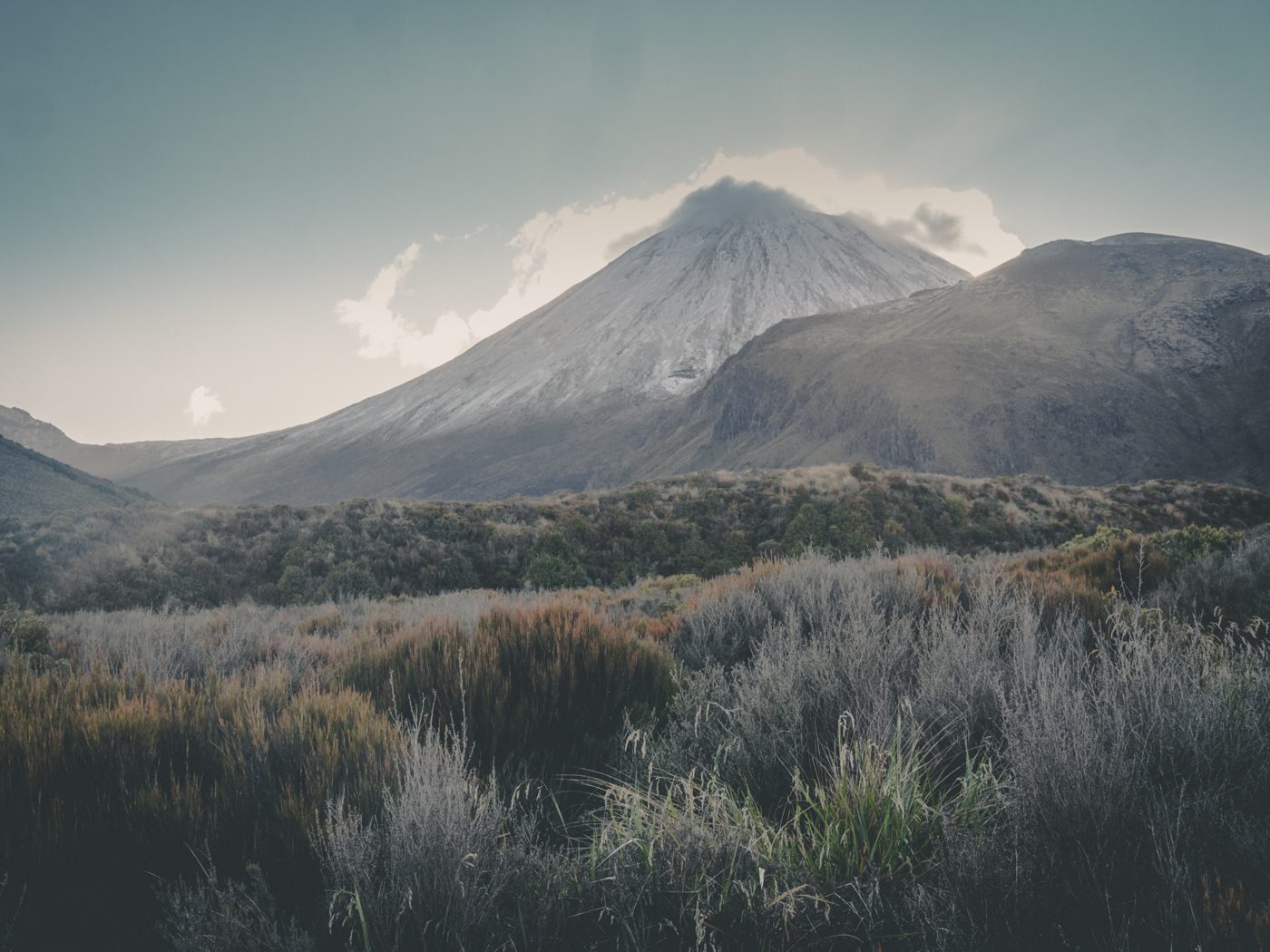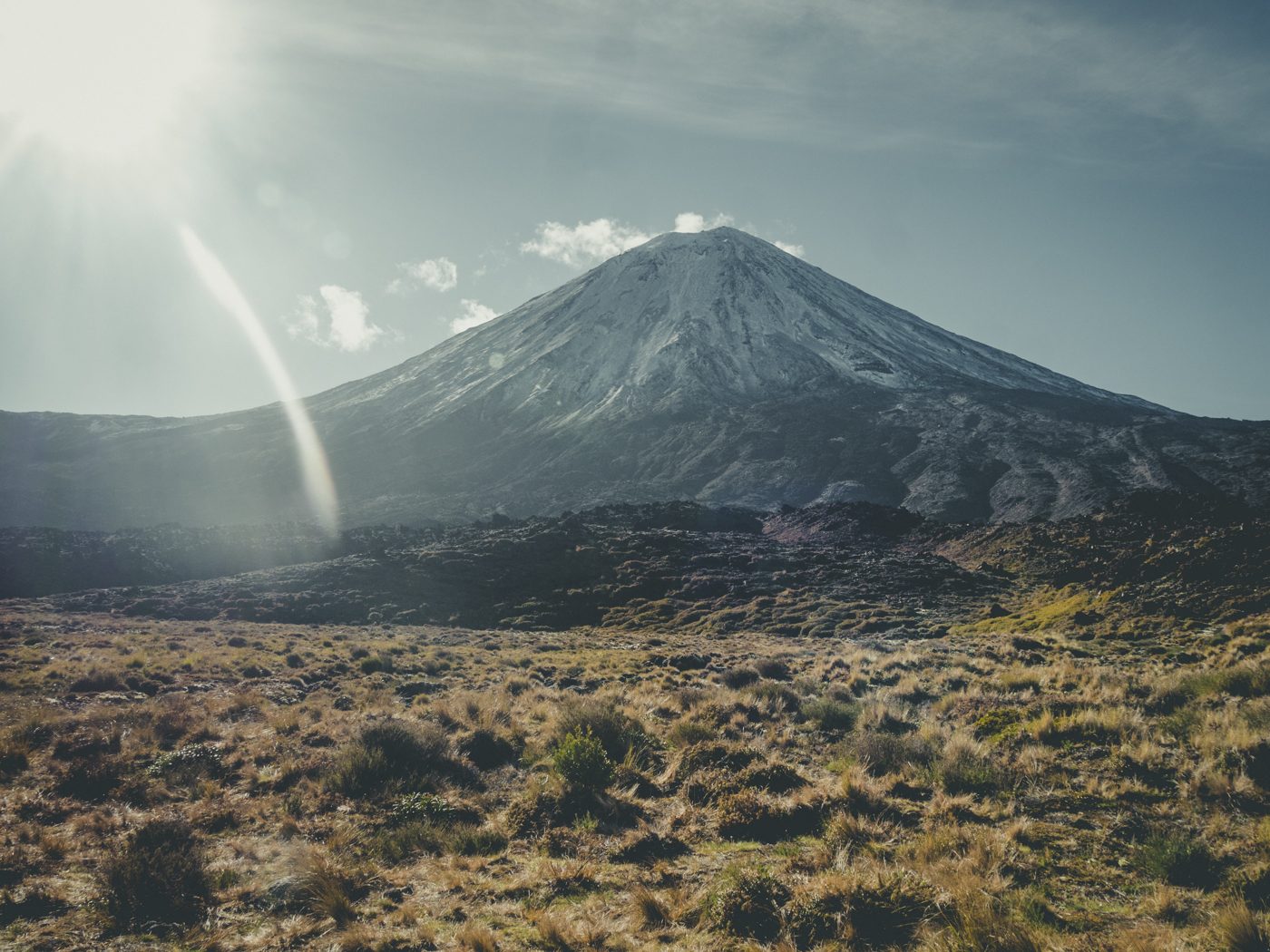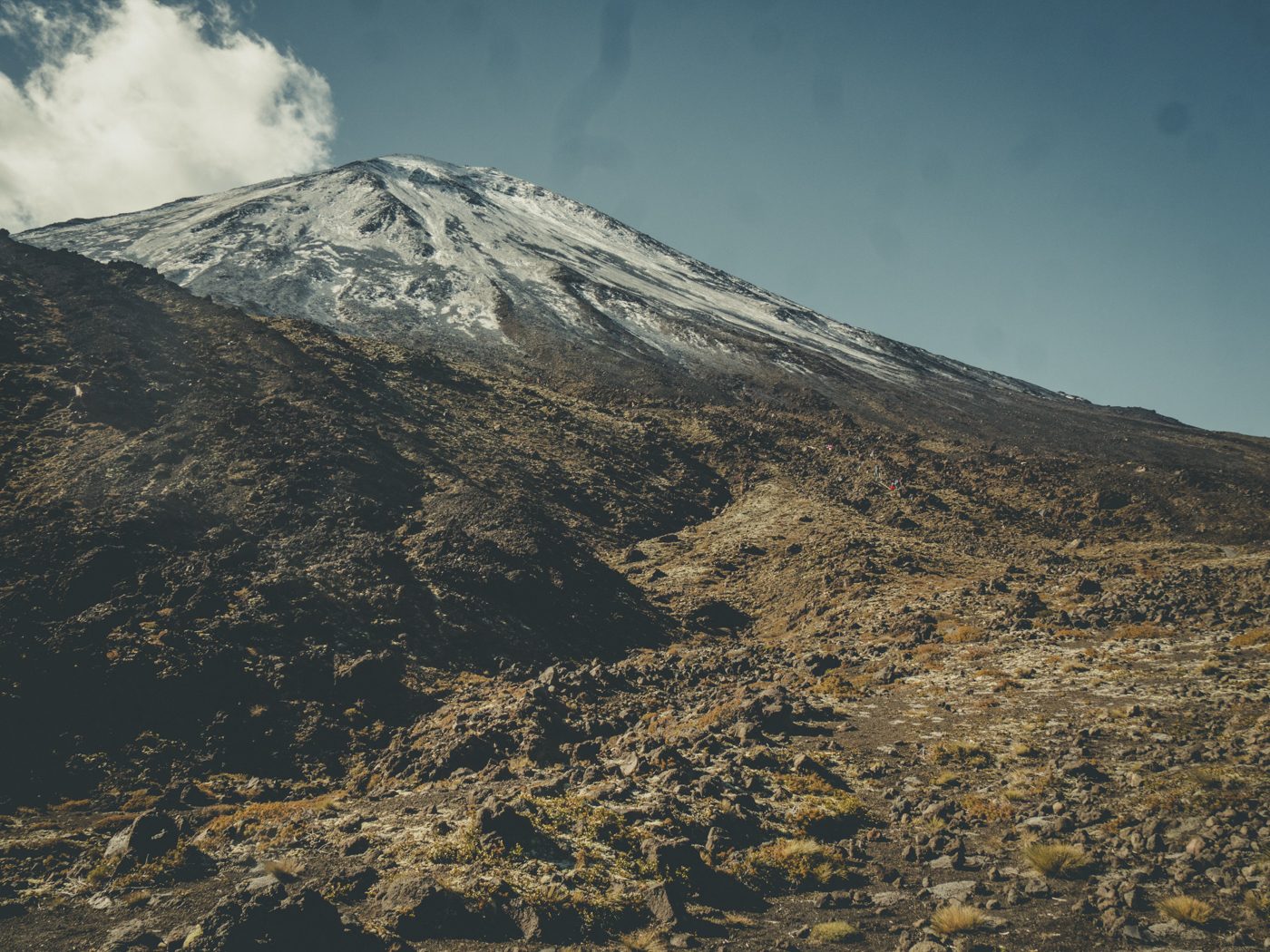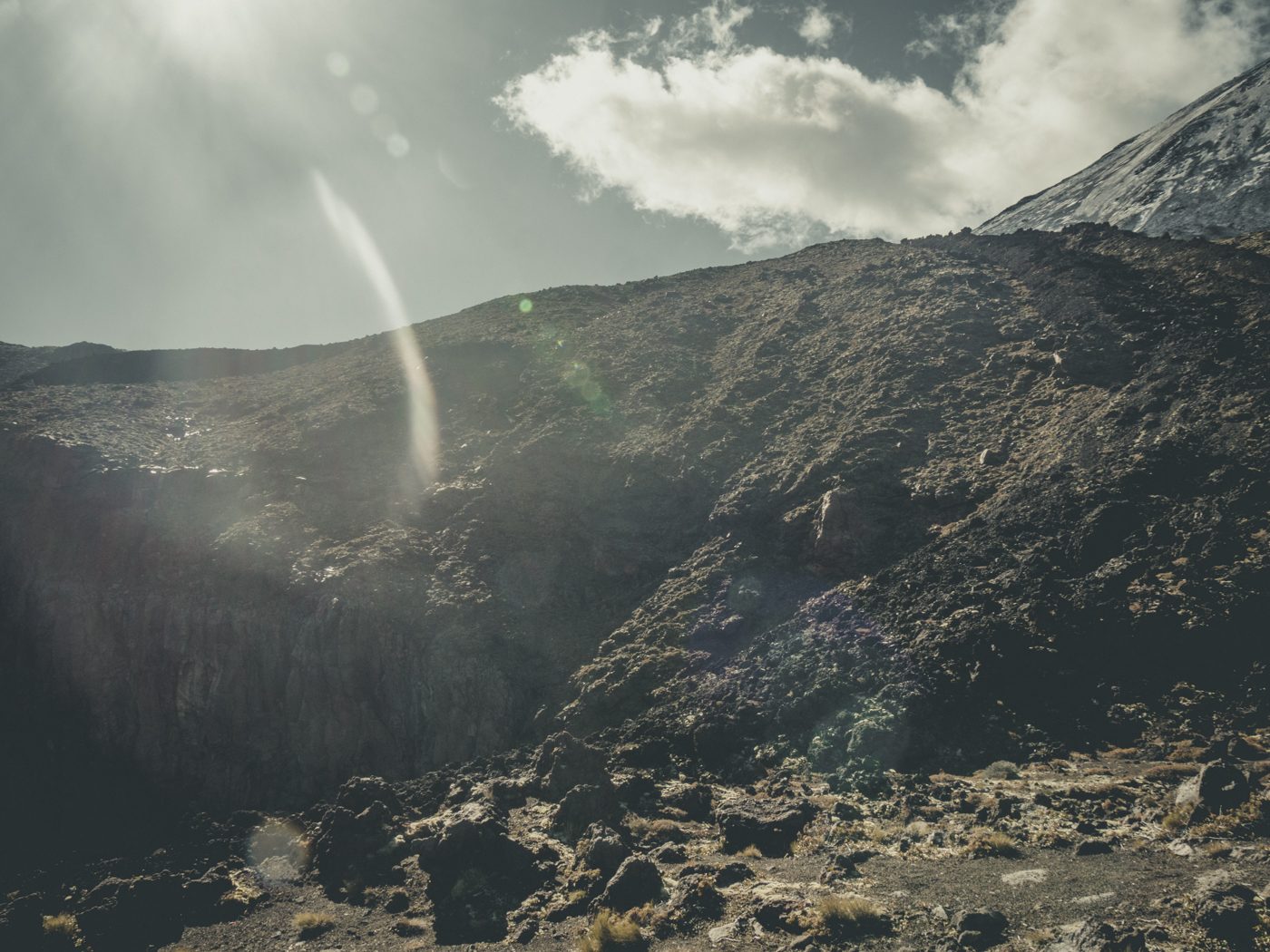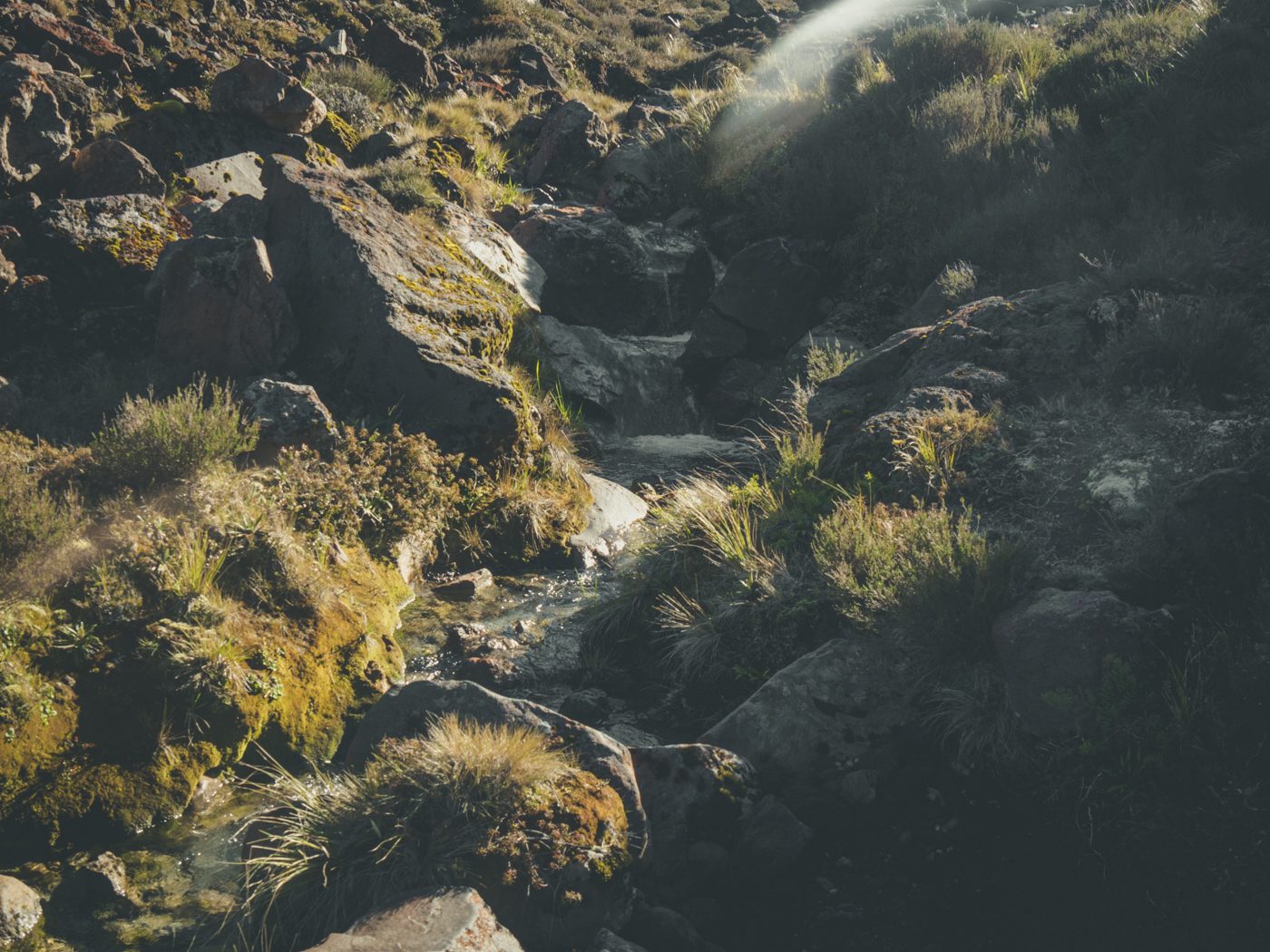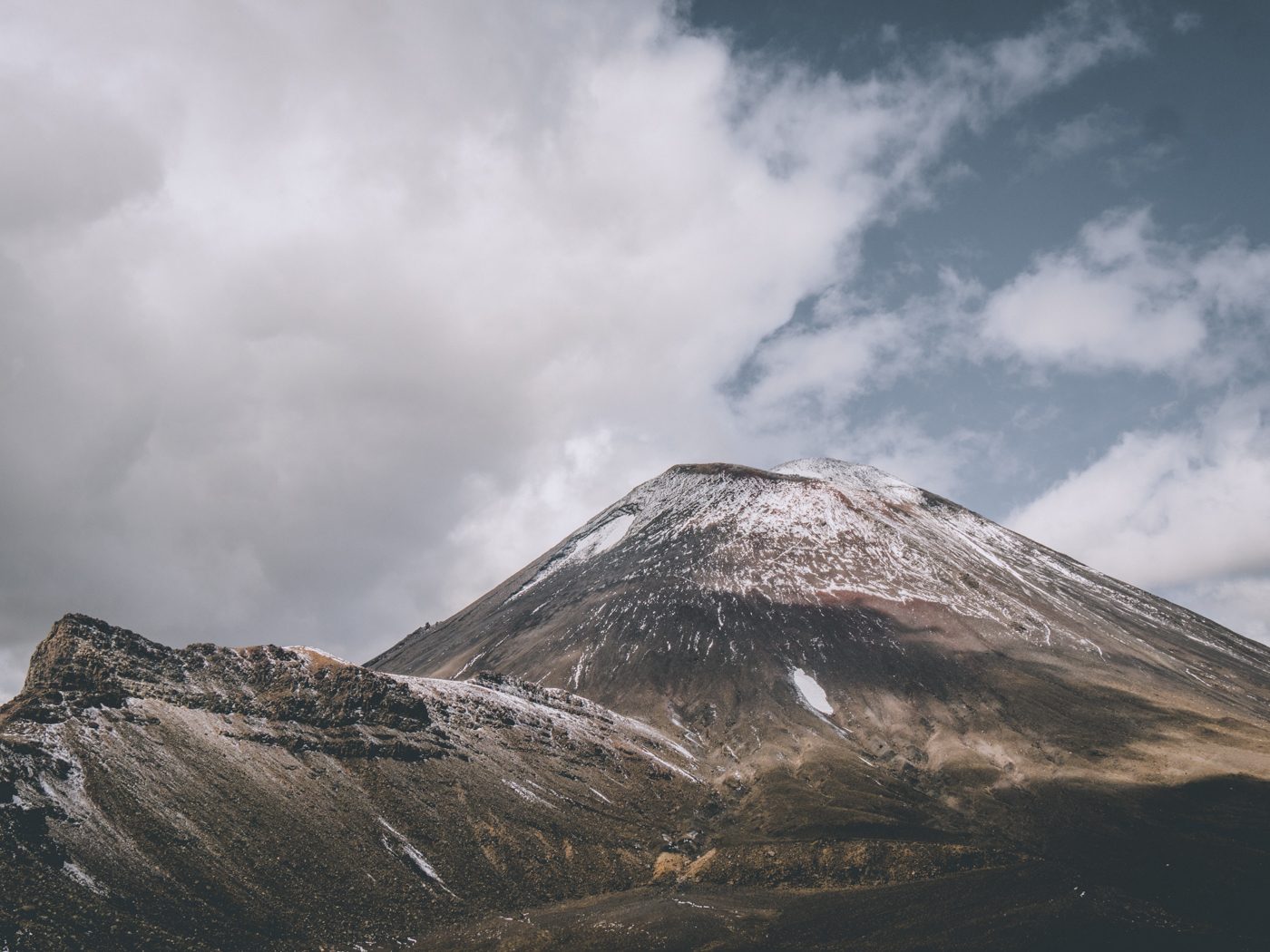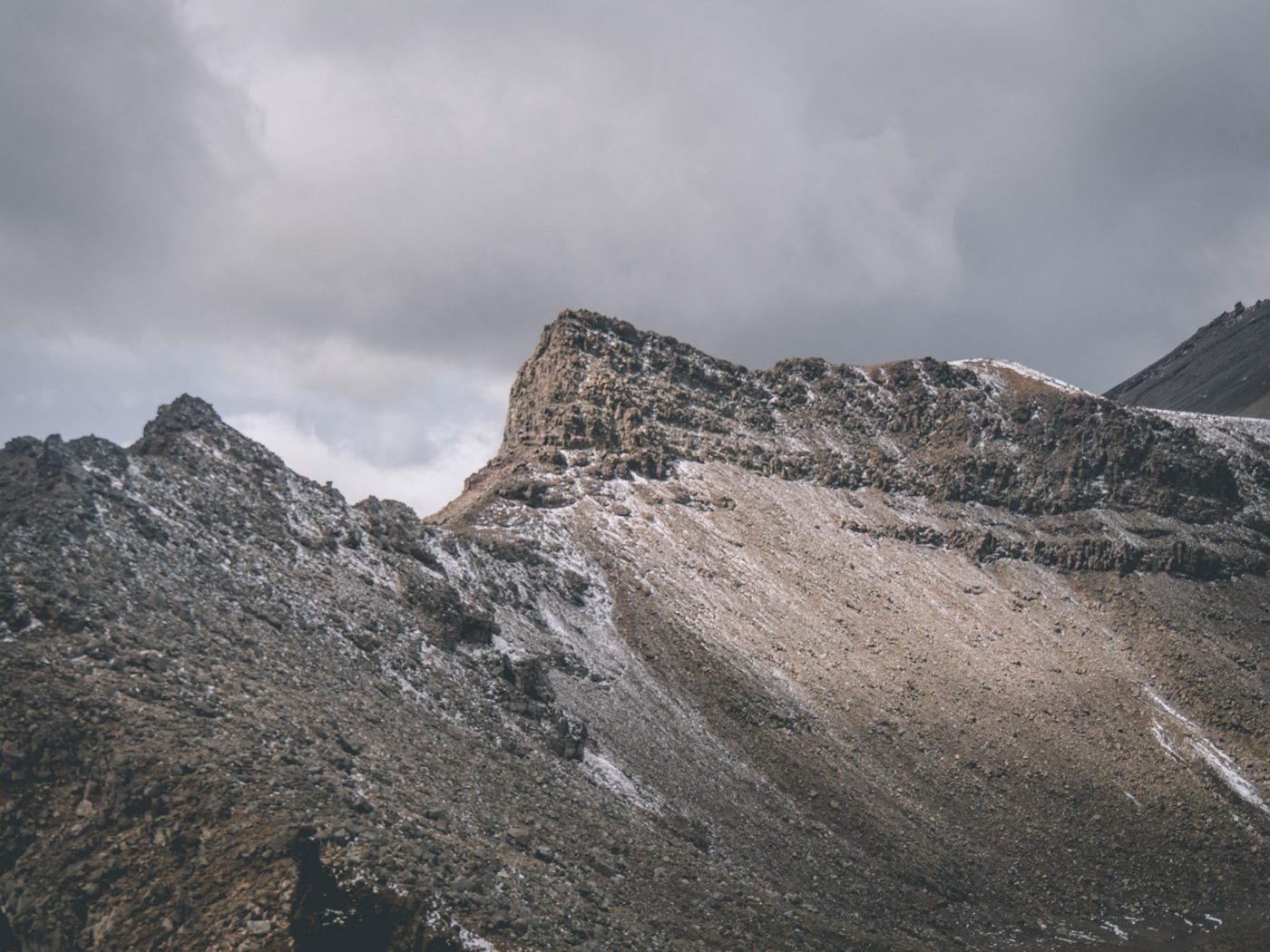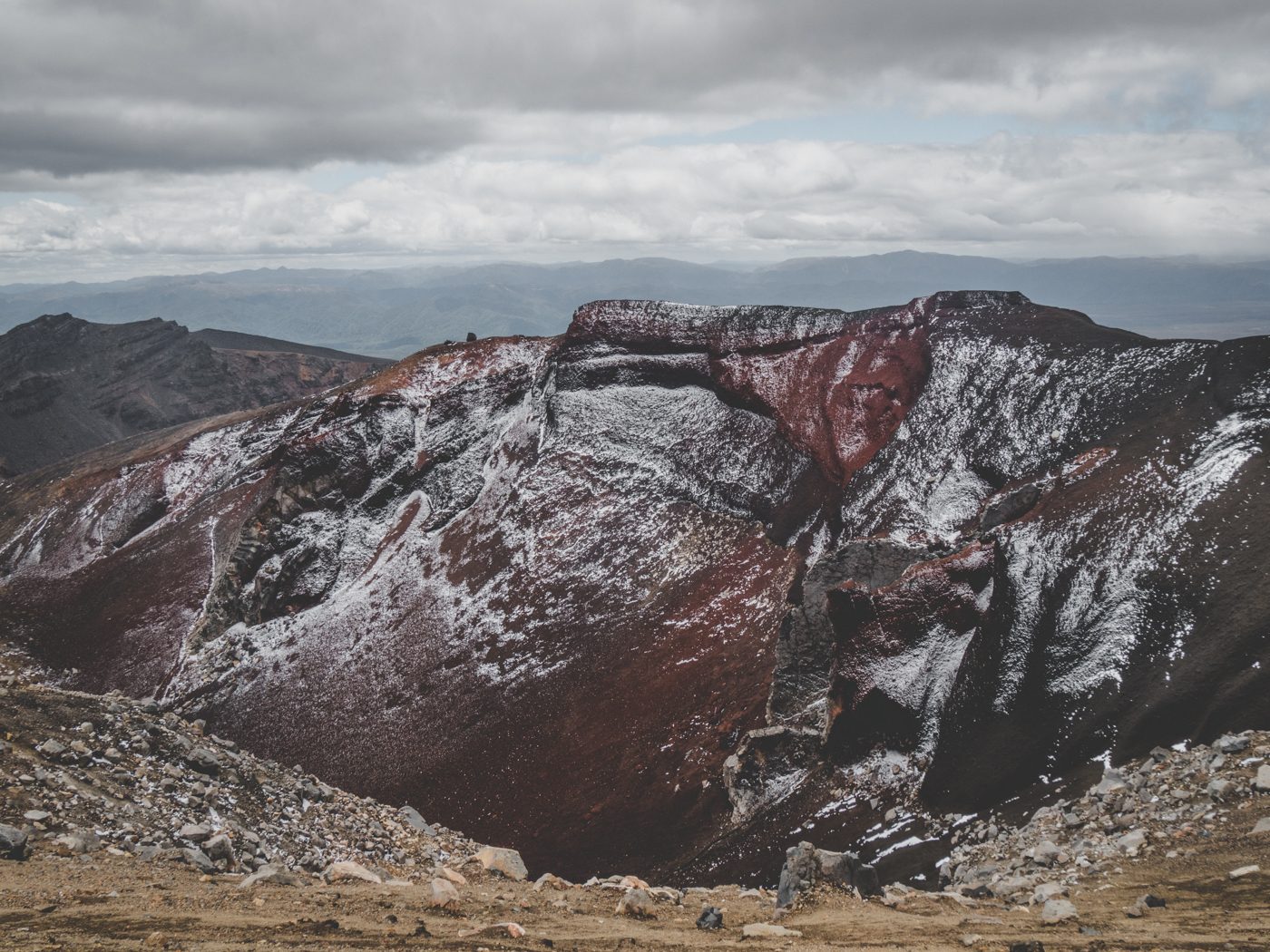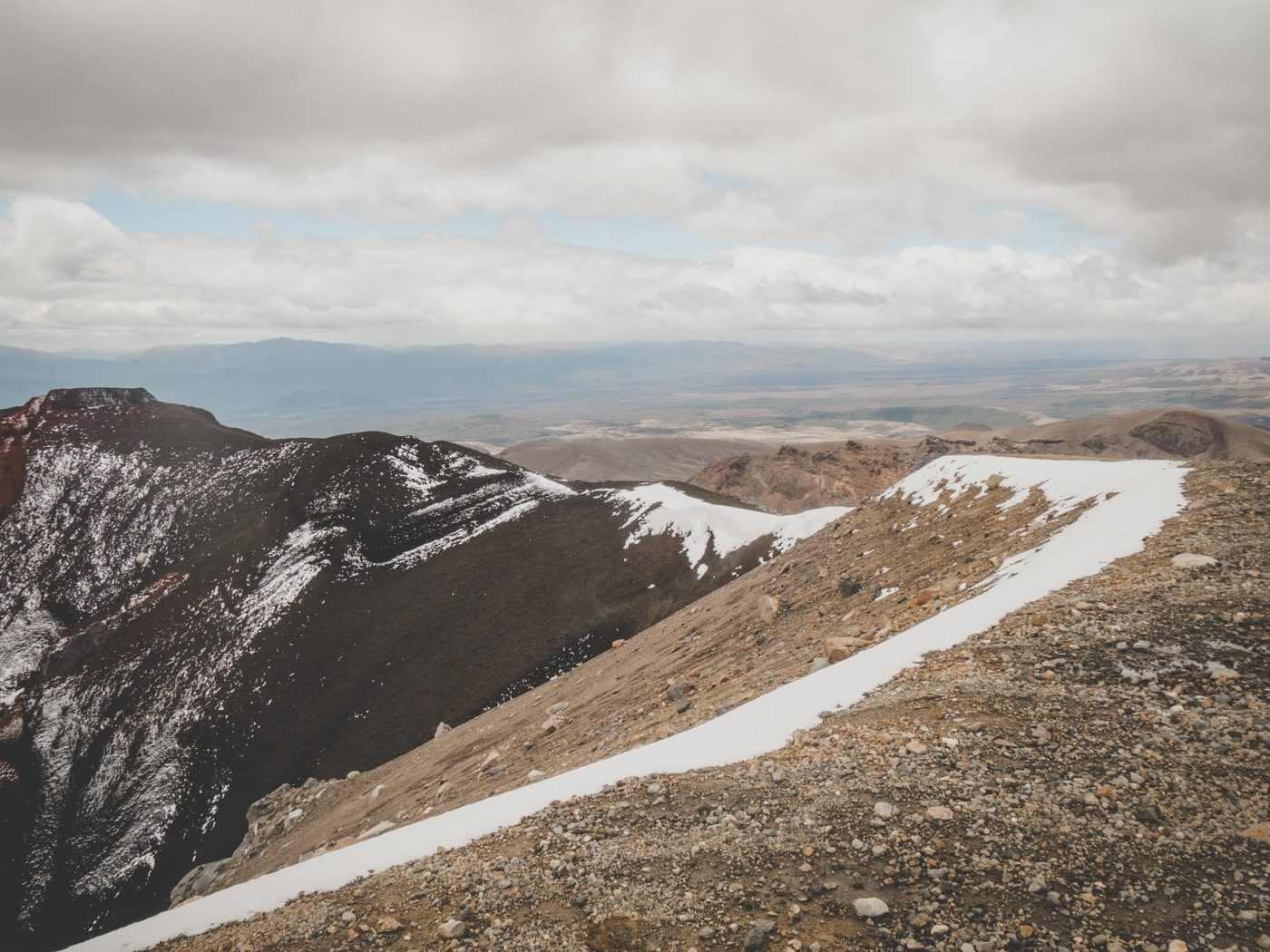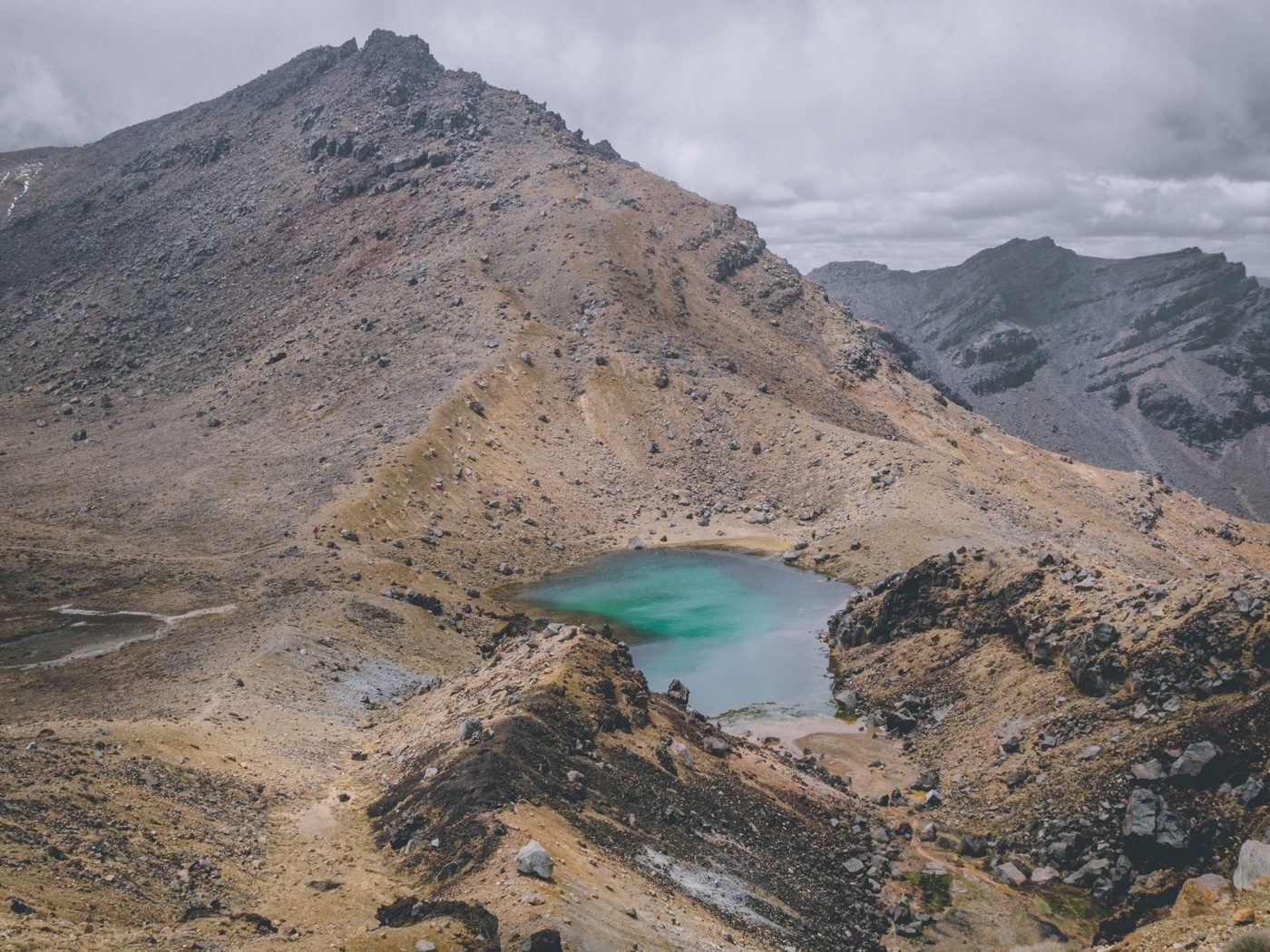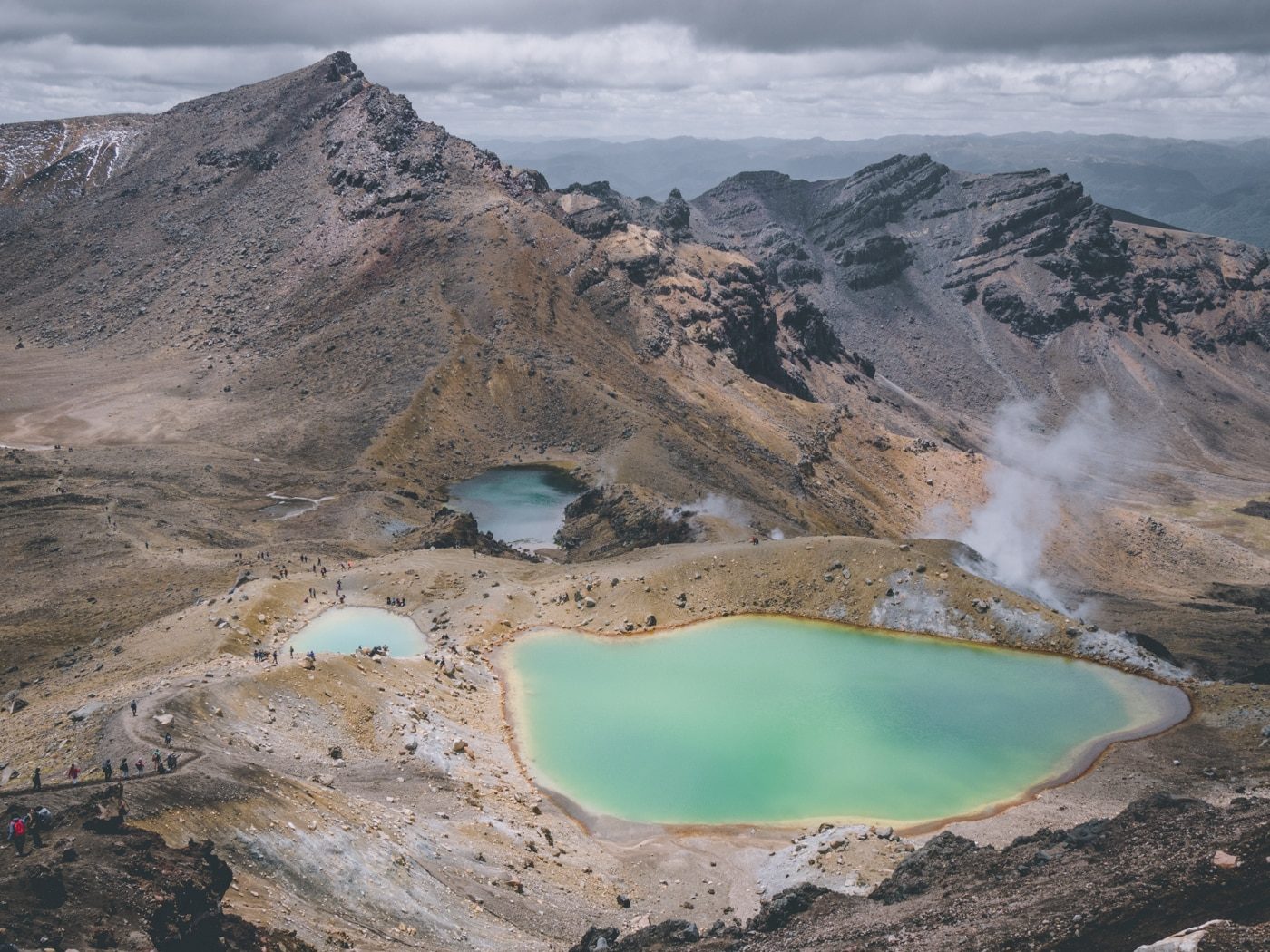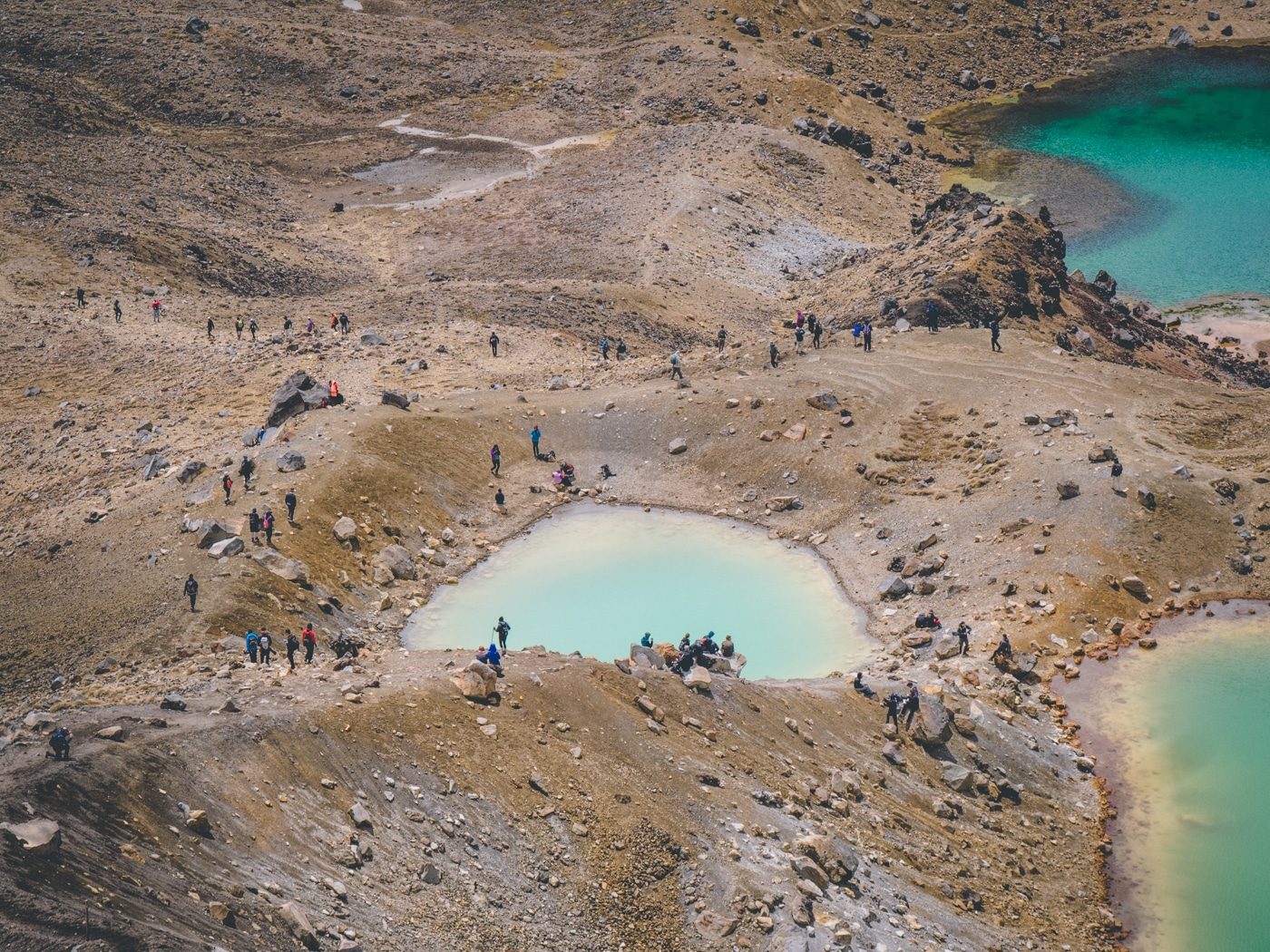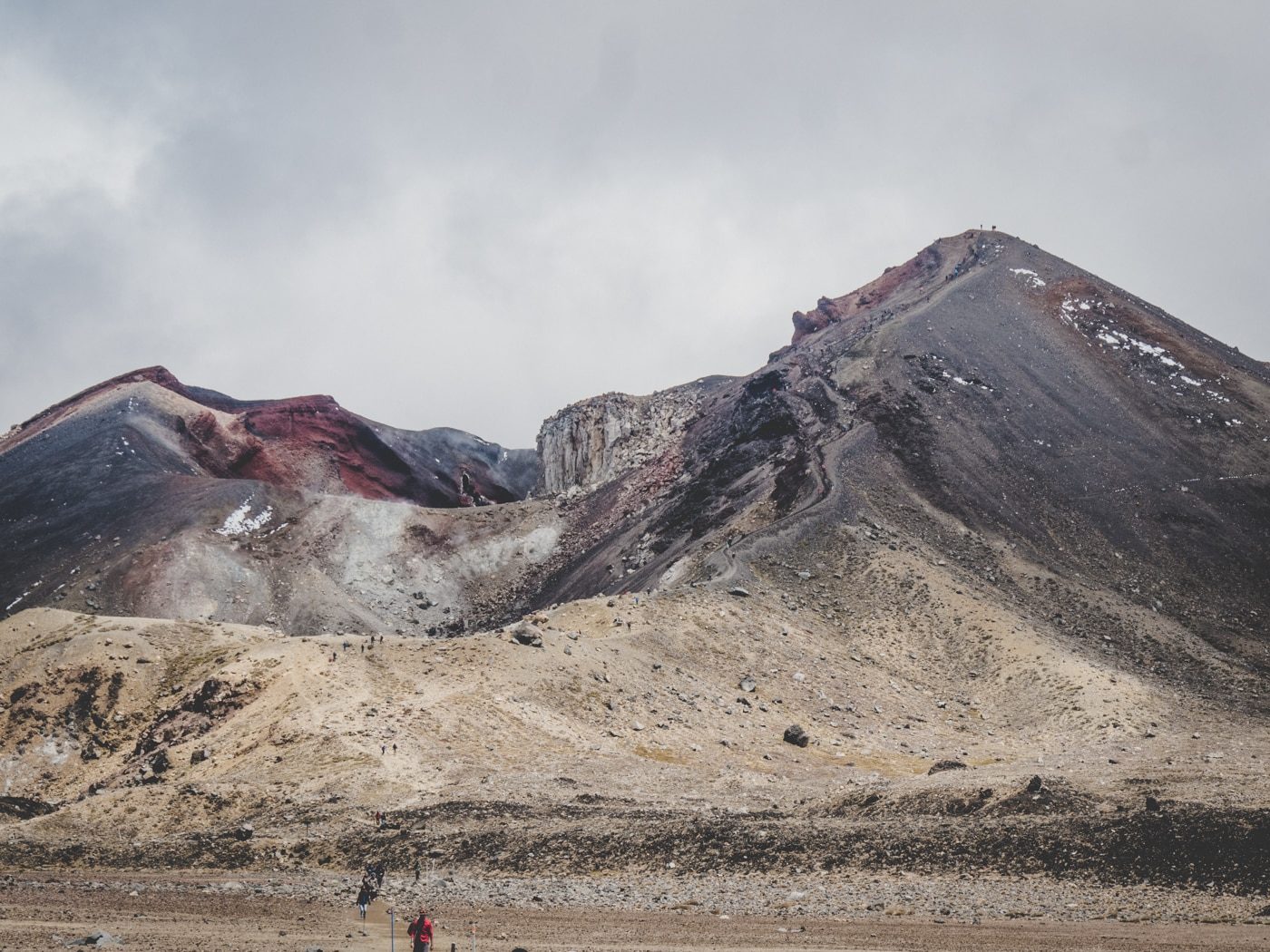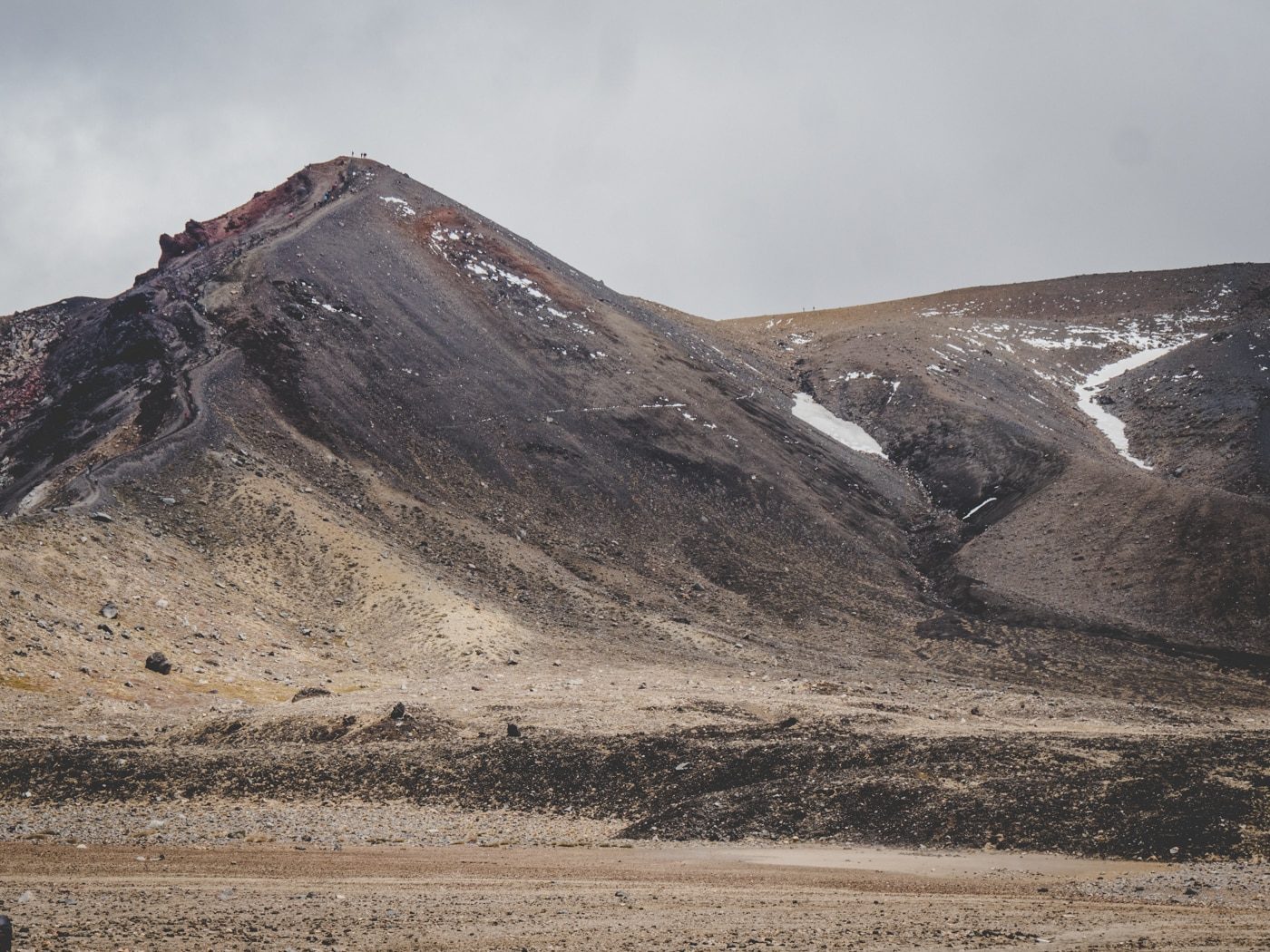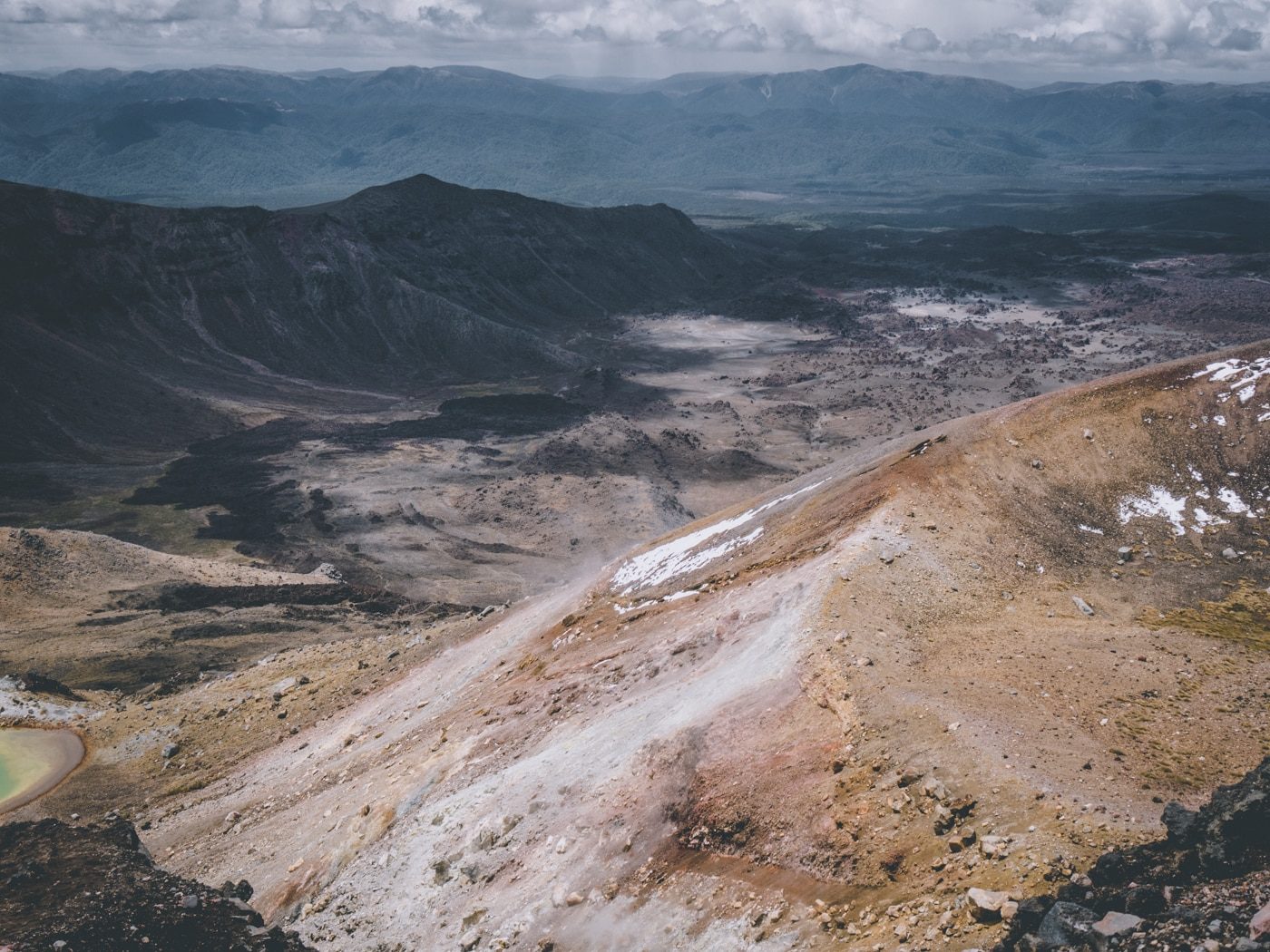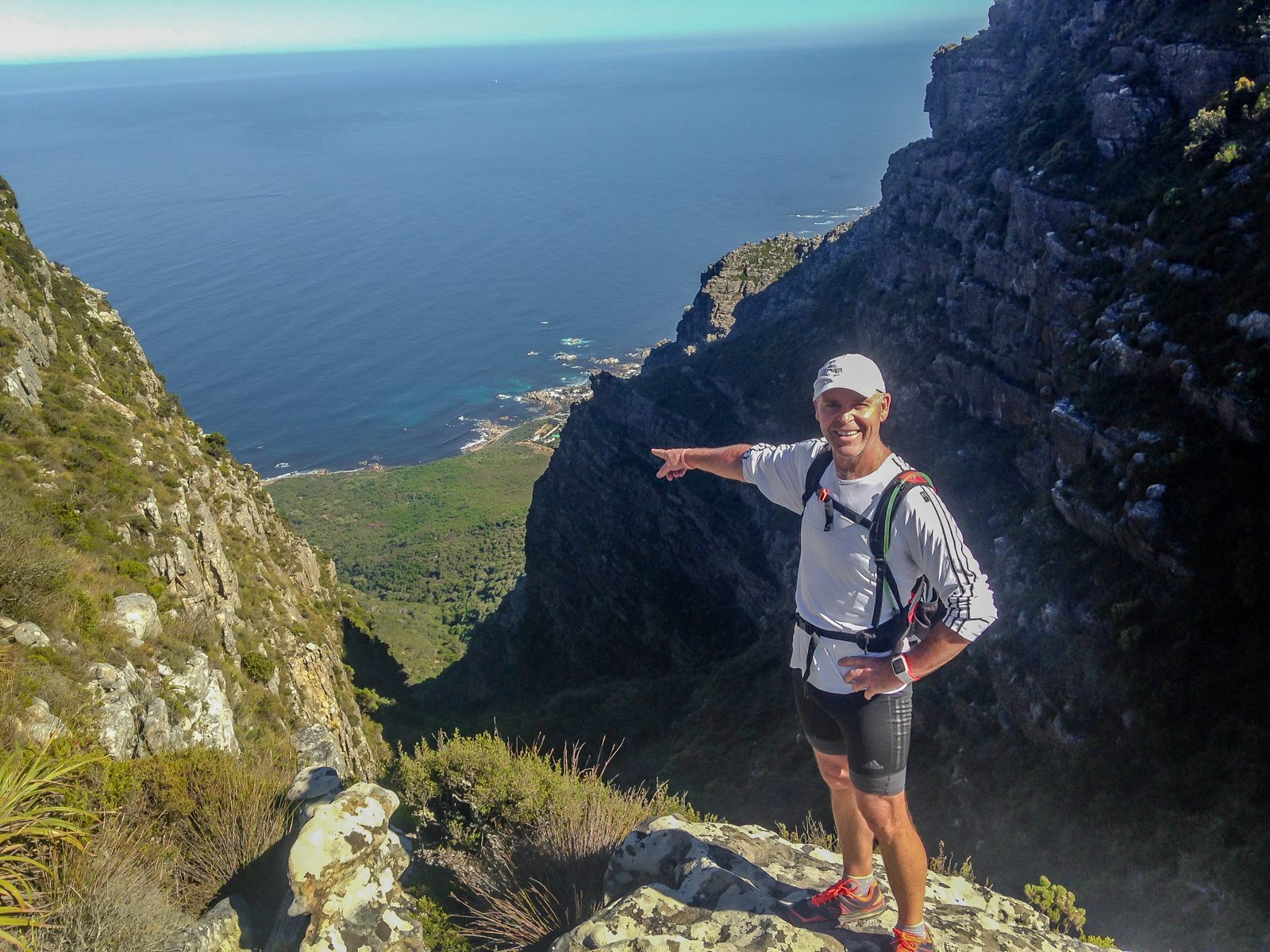When he was studying in medical school, Dr Siew Tuck Wah would, come mealtime, ostensibly say he had a prior appointment and steal away from his peers. Embarrassed that he could not afford the meals at the restaurants, he would make a beeline for a hawker centre to get his sustenance at cheaper prices.
One look at the 38-year-old — with his white-collar ensemble of blazer and shirt as well as his stellar résumé which includes receiving an education at Raffles Junior College; and running his own medical aesthetics practice in the bustling Suntec City — it is easy to assume his success was inherited. Dr Siew’s upbringing was anything but privileged. “Both my parents were from Selangor, Malaysia. My father came to Singapore in hopes of pursuing a better life. He enlisted in the army just so he could put food on the table. My mother used to work multiple jobs: From going door to door selling cosmetics to sweeping floors, waitressing at a nightclub to winding cassettes, she did it all, often enduring eighteen-hour workdays.”
When his parents came to Singapore, they had no more than fifty dollars on them. Dr Siew, along with his parents and brother, used to cram into a two-room flat. All through his teenage years, Dr Siew was a latchkey kid who rarely saw his father, who after his military service entered the construction industry and worked as a foreman. The scorching sun was his father’s enemy. His mother would go to work at 7pm and only return home in the wee hours.
Dr Siew eventually earned his merits and qualified to study in Singapore’s elite schools. Surrounded by peers who hailed from well-to-do families, he began to feel the heft of societal pressures. Rancour at times festered, and the young Dr Siew lamented his milieu like any teenager is wont to do. “If I wanted something, I had to pay for it myself as my parents couldn’t afford it. Back then, I didn’t understand why I had to be poor,” he quips.
In retrospect, seeing how his father managed to raise his family despite the circumstances was a life lesson nearest to the doctor’s heart. “My parents drilled the importance of studying hard into me. It became a very conscious effort to want to earn enough money so I could support my family. I knew I had to get good grades in school.”


Youths who are trapped in such situations may feel the need to rebel and hurt their parents. Just because life has been bad to you it doesn’t mean you need to project the same unto people. Work hard, be nice — your life will turn around when you start treating people with kindness.

